Experts warn of potential storm damage costs reaching hundreds of millions. The National Weather Service issued flash flood warnings for Miami-Dade and Broward Counties. Heavy rain and thunderstorms pounded the area, with 2-3 inches falling rapidly.
This severe weather event highlights Florida’s vulnerability to extreme weather conditions.
Did you know? Florida experiences an average of 70-100 thunderstorm days per year.
Hospital Emergency Departments Face Temporary Closure
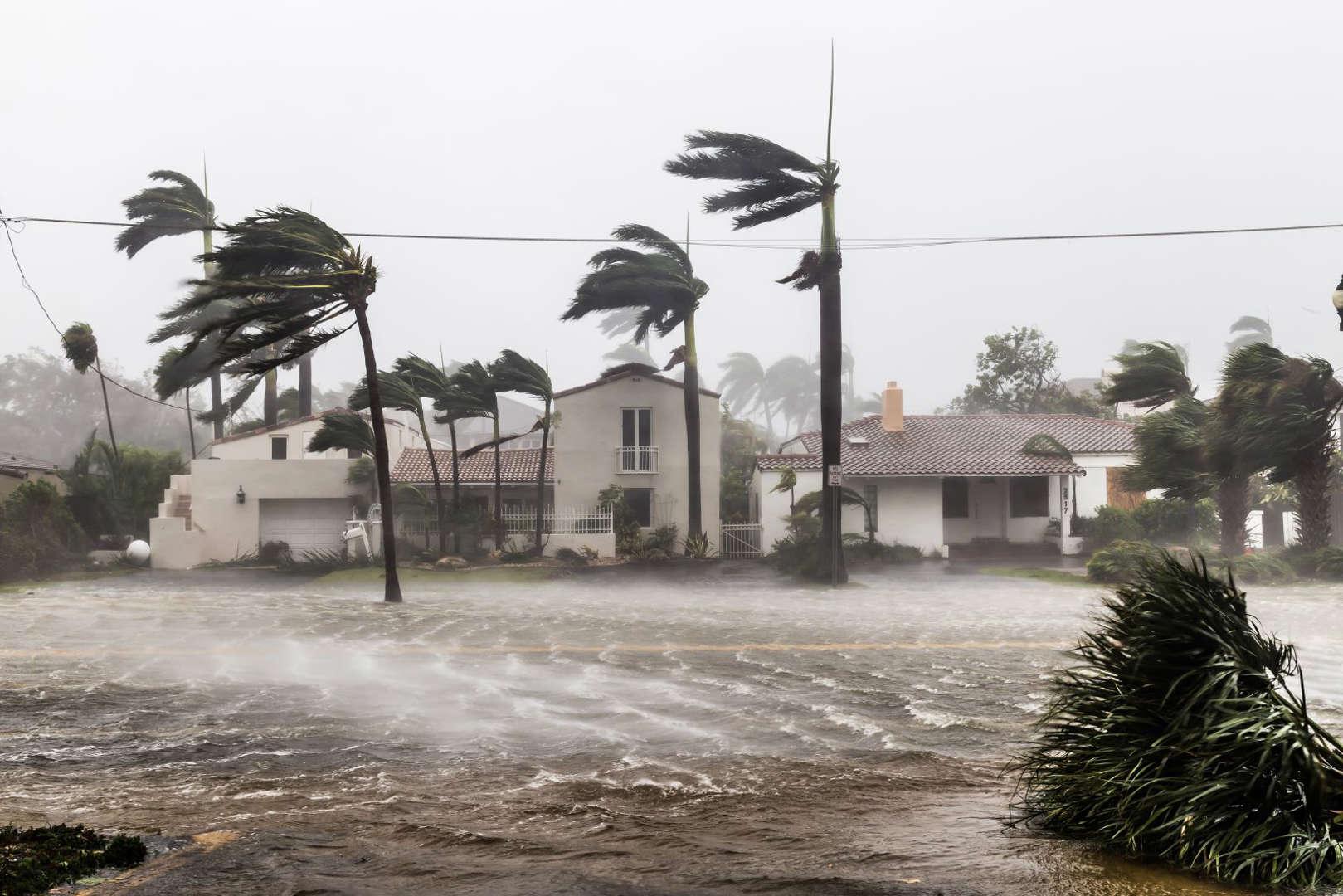
Two West Broward hospitals closed their emergency departments temporarily. HCA Woodmont and Florida Medical Center rerouted ambulances.
Roof leaks in patient rooms at HCA Woodmont prompted patient relocation. These closures underscore the severe impact of flooding on critical infrastructure. How will hospitals prepare for future flood events?
Flood Waters Rise to Dangerous Levels

Some areas reported standing water up to a foot and a half deep. University Drive experienced significant flooding. The National Weather Service extended flood warnings for northern Broward.
This level of flooding can pose serious risks to public safety and property.
Did you know? Just 6 inches of moving water can knock over an adult.
June Storms Cause Widespread Destruction

Early June saw violent storms causing dangerous floods. Aon estimates damage costs could reach hundreds of millions. Parts of Miami-Dade and Broward counties experienced flooding over several days.
These storms highlight the increasing frequency of extreme weather events in Florida. Will climate change lead to more severe storms in the future?
Record-Breaking Rainfall Hits South Florida
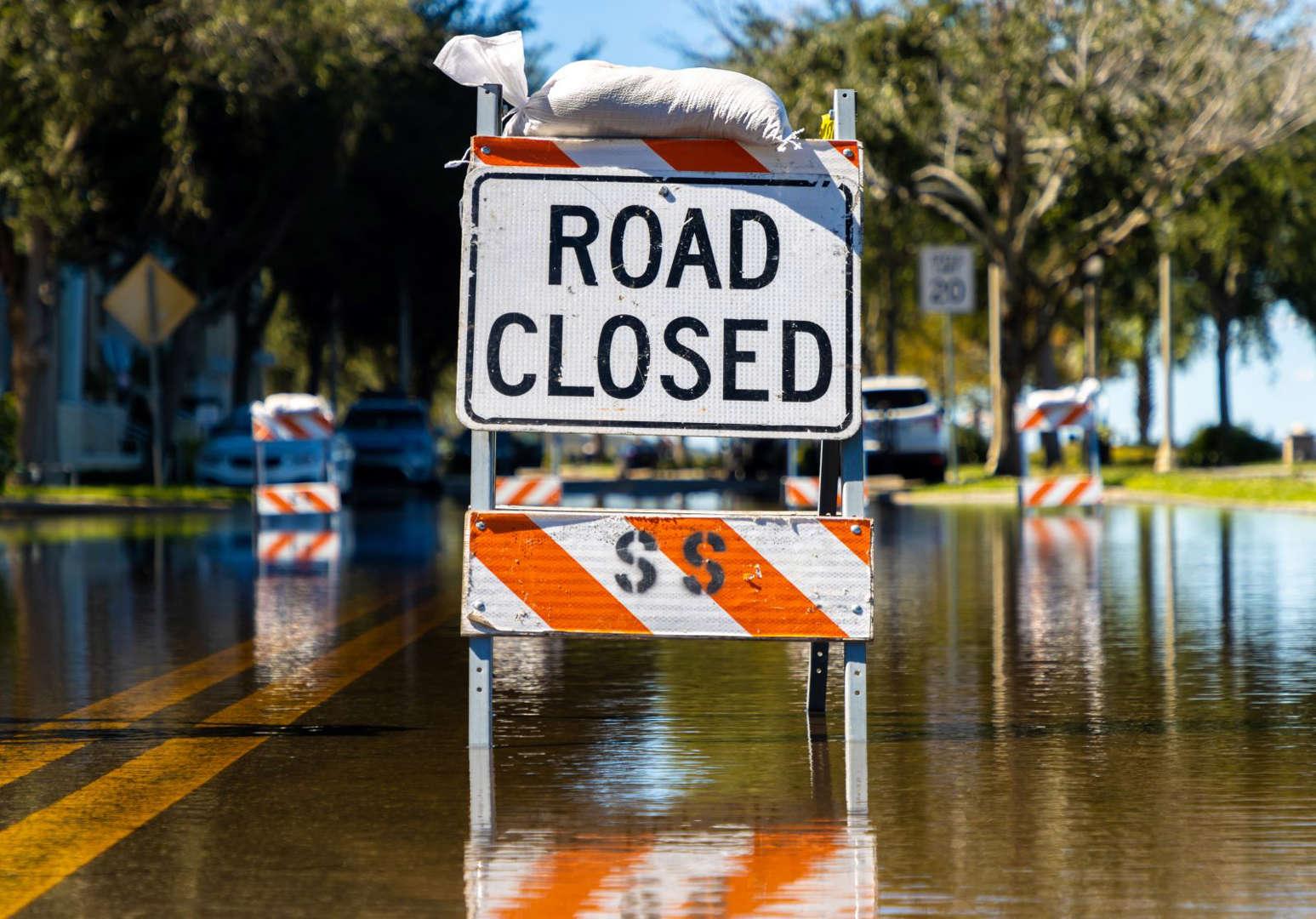
Some areas received up to 20 inches of rainfall. A low-pressure system from the Gulf of Mexico caused the heavy precipitation. The Gulf Coast, including Marco Island, Naples, and Sarasota, also experienced flooding.
This level of rainfall is exceptional, even for flood-prone Florida.
Did you know? The highest 24-hour rainfall record in Florida is 38.70 inches, set in 1950.
Auto Insurance Claims Skyrocket Post-Flood

State Farm reported about 1,300 auto claims by June 20th. This high number of claims indicates widespread vehicle damage. Flooding can cause severe and often irreparable damage to vehicles.
Insurance companies may face significant payouts from this event. How will this event affect future insurance premiums in Florida?
Federal Disaster Declaration Remains Uncertain
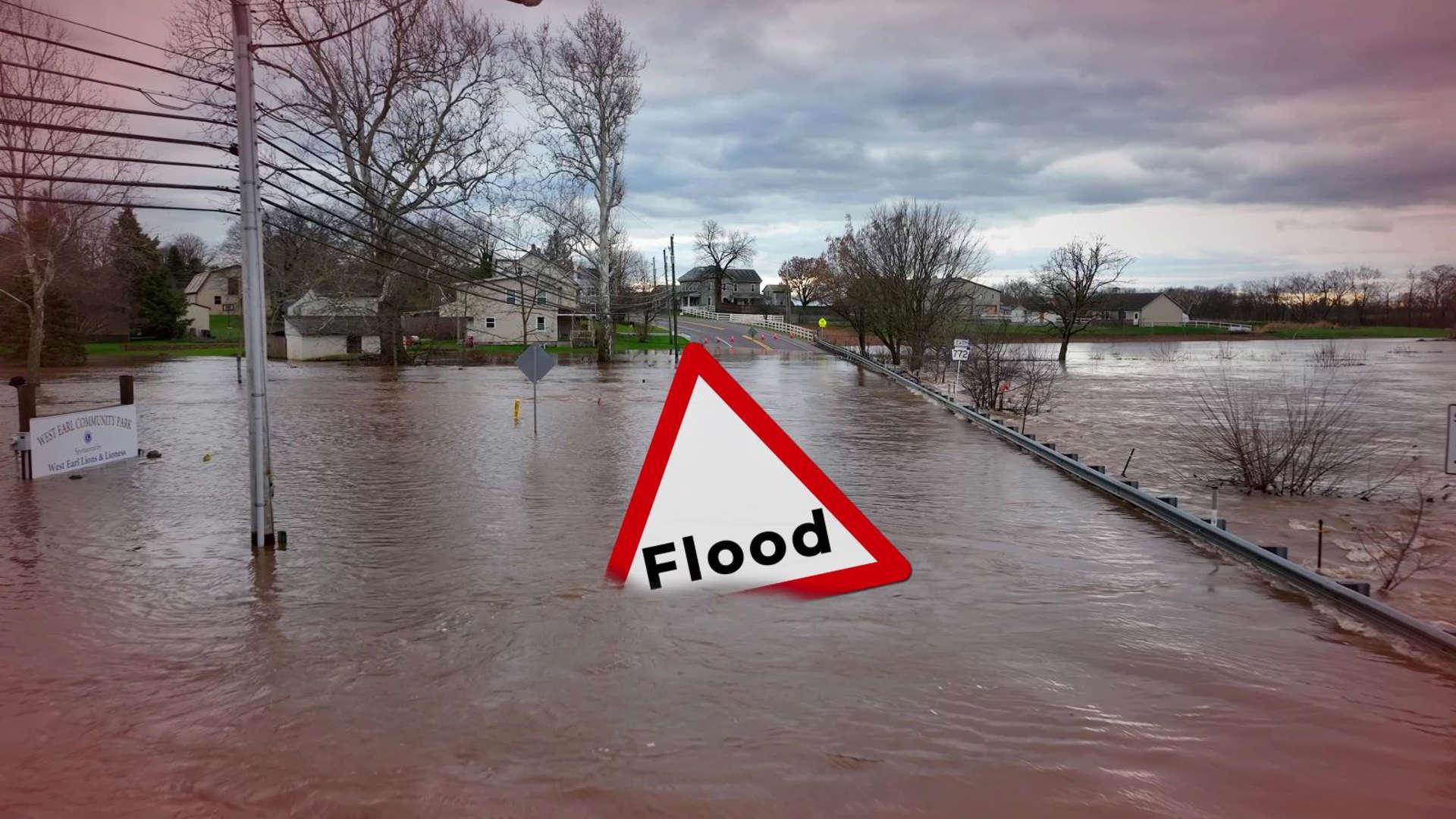
Local and state officials suggest the event may not meet federal disaster standards. This uncertainty raises concerns about financial assistance availability.
Federal disaster declarations can provide crucial resources for recovery. The criteria for such declarations are stringent and complex. Did you know? FEMA has declared 160 disasters in Florida since 1953.
Uninsured Property Owners Face Financial Strain
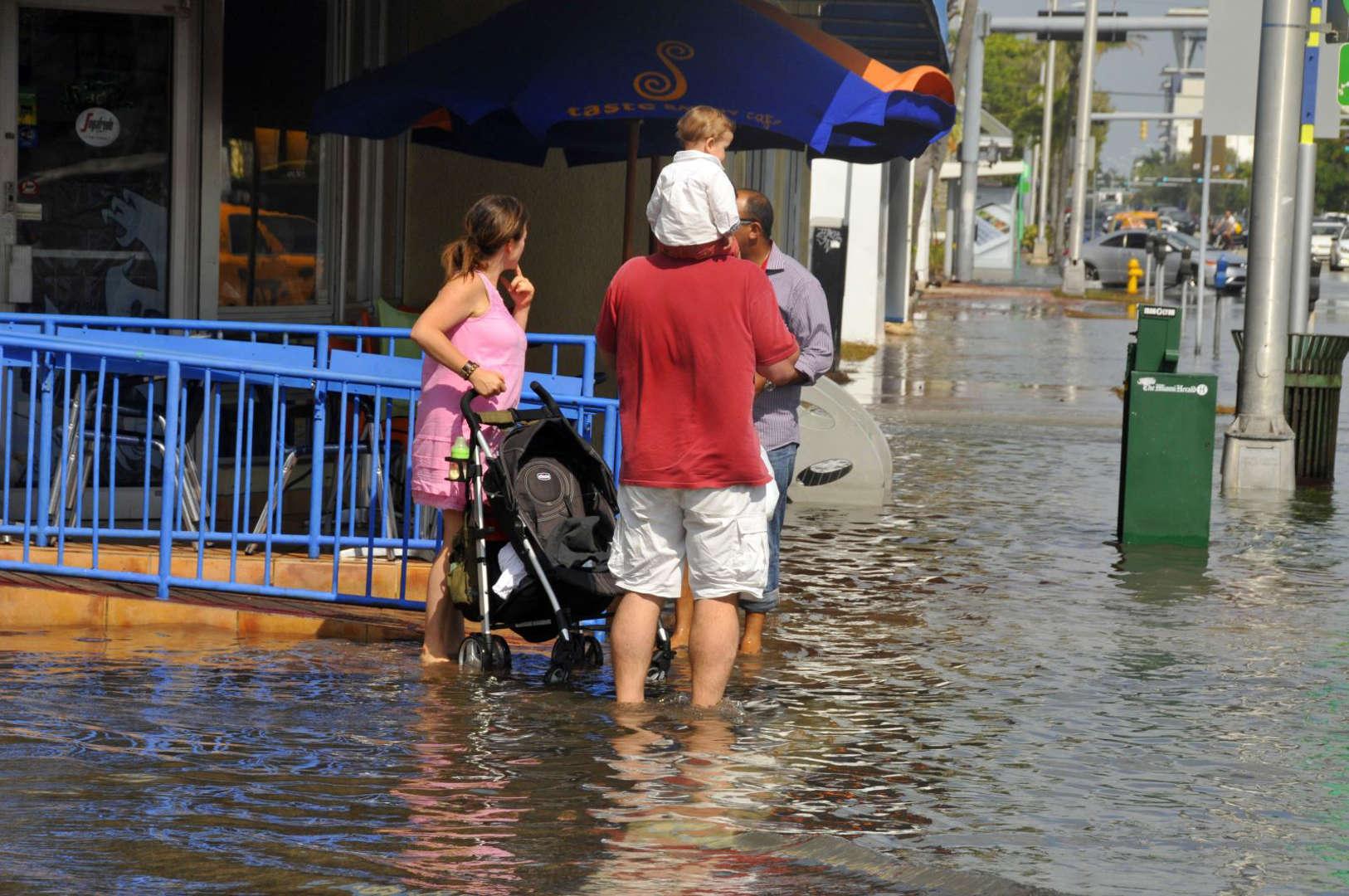
Many property and business owners lack adequate flood insurance. Standard homeowners insurance often doesn’t cover flood damage. The National Flood Insurance Program insures about 1.7 million properties in Florida.
Lack of insurance can lead to devastating financial losses for individuals. How can Florida increase flood insurance coverage rates?
Florida’s History of Costly Weather Events
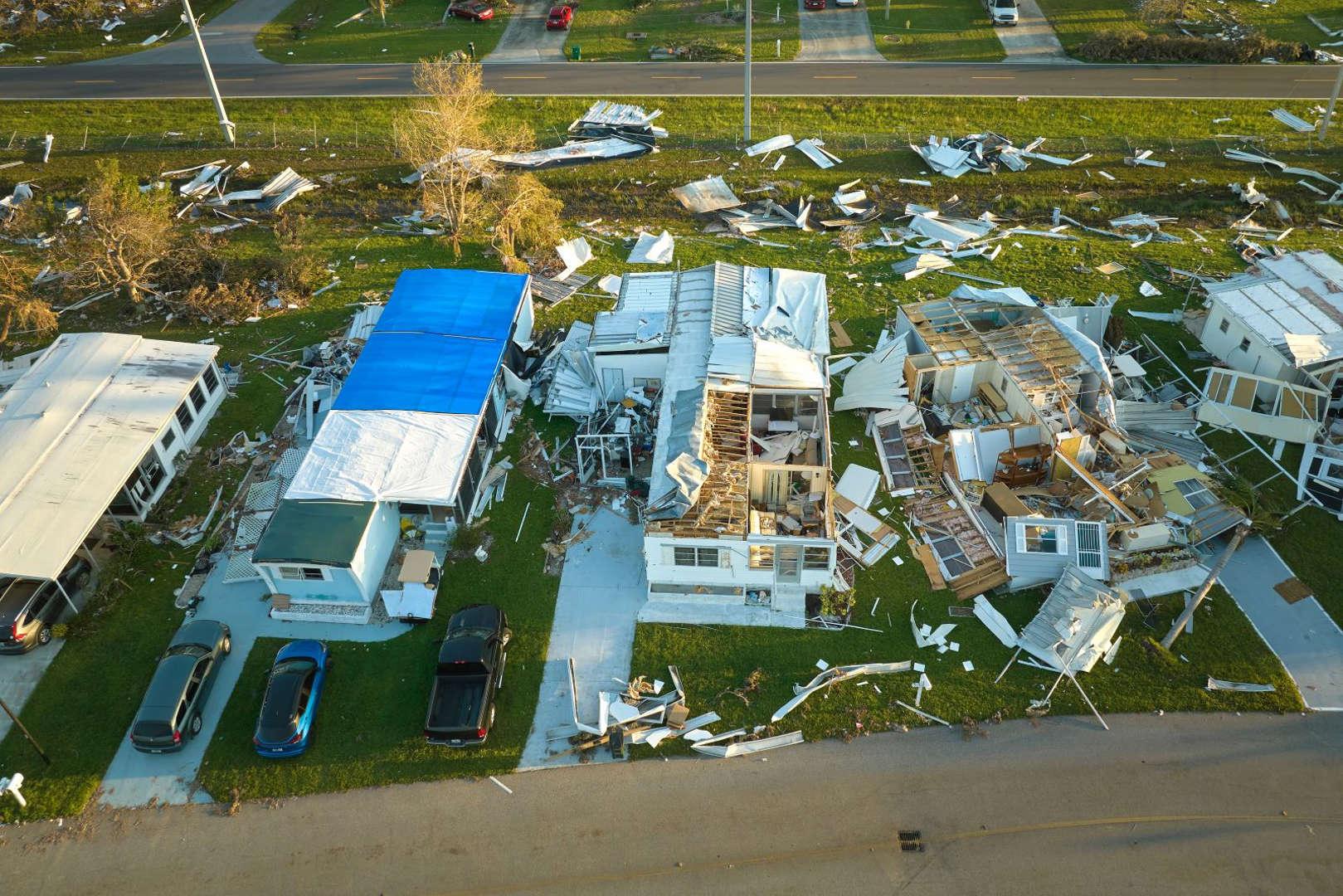
Florida has a long history of destructive storms and floods. Hurricane Andrew in 1992 caused $26.5 billion in damage. The state averages $1.3 billion in flood-related damages annually.
This latest event adds to Florida’s costly weather history.
Did you know? Florida is the most hurricane-prone state in the U.S.
Climate Change Amplifies Flood Risks
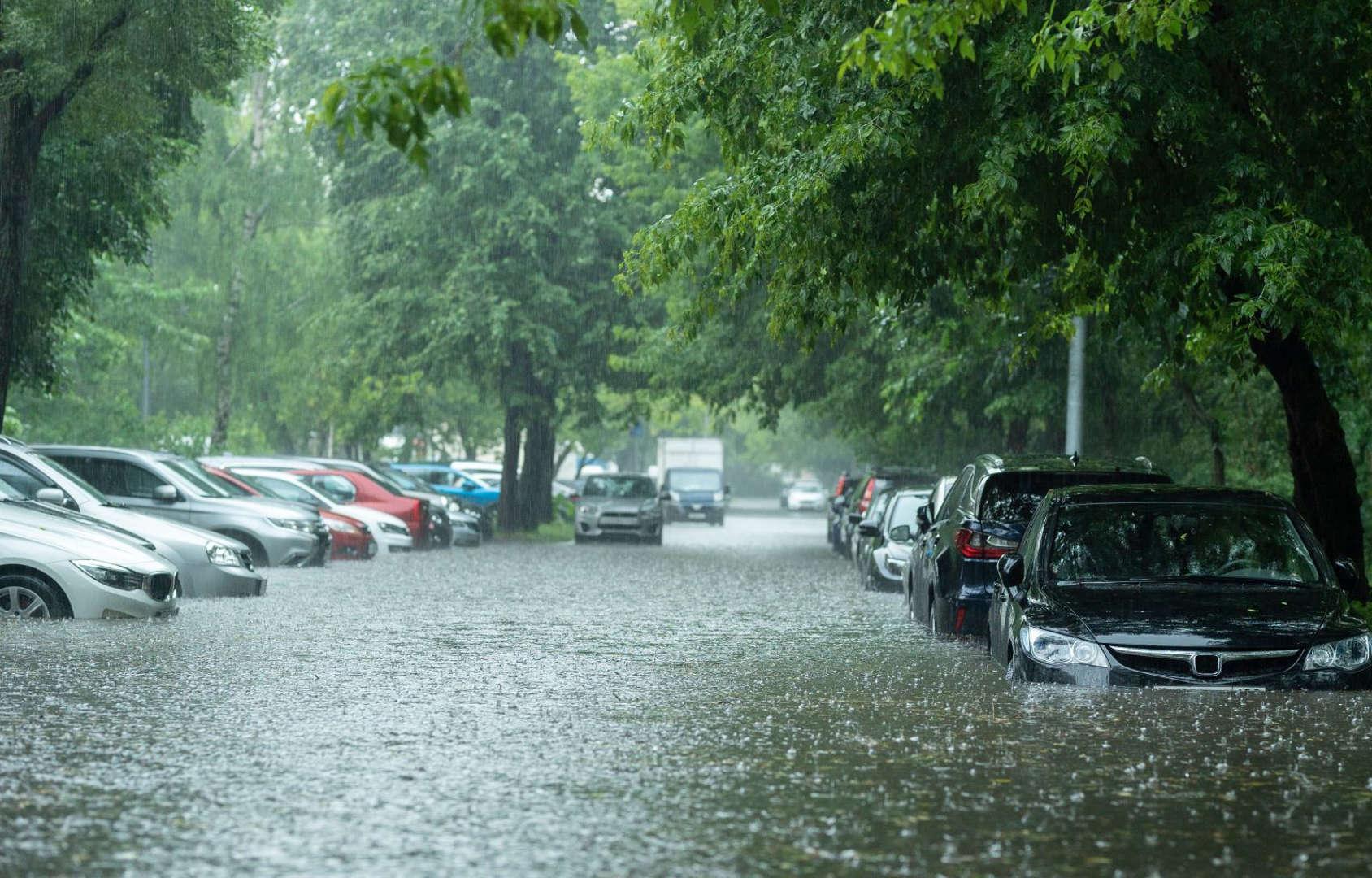
Rising sea levels increase Florida’s flood vulnerability. Miami has experienced a 12-inch sea level rise since 1846. Warmer temperatures lead to more intense rainfall events.
Climate scientists predict more frequent and severe flooding for Florida in coming decades. How will Florida adapt to increasing flood risks?


